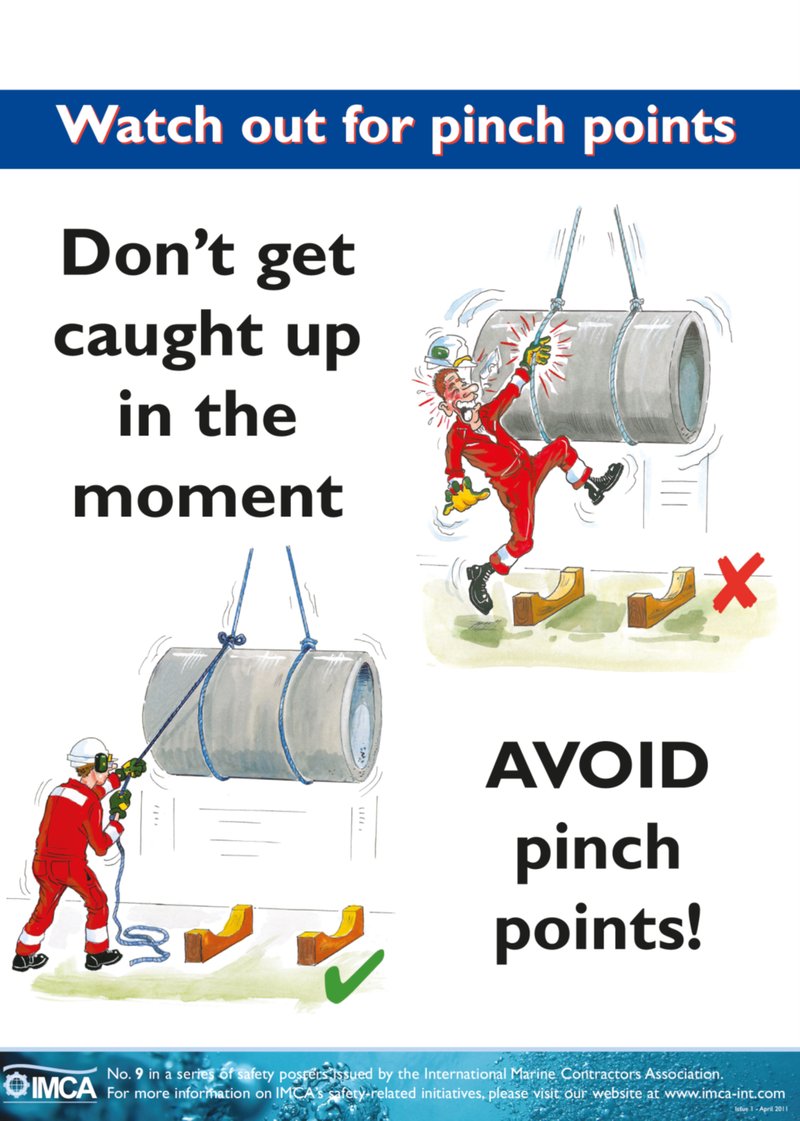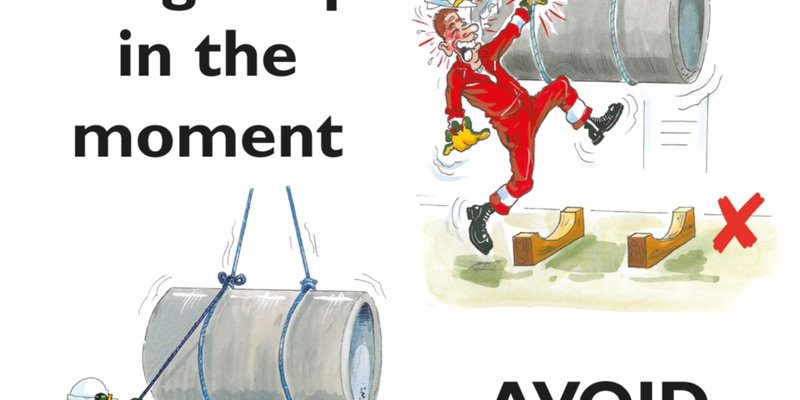
Let’s talk about the tools and hardware you might be working with. Whether you’ve got a modern Kwikset lock or an old-school Schlage deadbolt, every type has its own quirks and potential dangers. Knowing your tools and the specific parts of the hardware will not only keep you safe but will also improve the quality of your repair. So, let’s dive into some best practices to keep those pinch points at bay.
Understanding Pinch Points in Door Hardware
Pinch points are those sneaky little areas where your fingers can easily get caught during repairs. Imagine you’re unscrewing a handle, and the moment you apply pressure, your finger slips into the gap between the door and the handle. Ouch! This is why it’s essential to know where those pinch points are lurking. They can appear in various forms: between hinges, locks, or even the parts of the handle assembly itself.
Different types of door hardware present different risks. For instance, with a sliding glass door, the track can be another common pinch point. As you’re adjusting or replacing the rollers, it’s easy to lose track of your hands and get pinched. Being aware of these dangers allows you to take proactive measures instead of reacting to an injury after it happens.
Key pinch points to note:
- Between hinges and frames
- Lock components
- Door handles and the door edge
- Sliding door tracks
By identifying these areas, you can work more mindfully and hopefully avoid the pain and frustration that come with pinched fingers.
Use the Right Tools for the Job
Having the right tools is crucial—not just for getting the job done, but for ensuring your safety. When you’re working with door hardware, consider using tools that have a good grip and are designed for specific tasks. For instance, a high-quality screwdriver that fits your screws perfectly minimizes the chance of slipping and causing an injury.
Here’s a short list of tools you shouldn’t skip:
- Flathead and Phillips screwdrivers
- Socket wrenches
- Pliers with rubber grips
- Utility knife (for precise cuts, but be careful!)
It’s also a good idea to wear gloves when handling heavy or sharp hardware. They won’t just protect your hands; they can give you a better grip and reduce the likelihood of slipping during repairs. And if you have safety glasses, wear them! They can prevent debris from getting into your eyes, especially when you’re removing old hardware.
Secure the Area Before You Begin
Before diving into repairs, take a moment to assess your workspace. A cluttered area can increase the risk of accidents. Move any unnecessary items away from your work zone, so you can focus on the job at hand. You might think, “But it’s just a quick fix!”—trust me, a little organization can save you from tripping or knocking something over.
Also, consider the position of your ladder or stool if you’re working at a height. Their stability is essential. Ensure they’re on a flat surface, and use them as recommended. You don’t want to set yourself up for a fall while trying to reach that awkwardly positioned door handle or lock.
By eliminating distractions and creating a clear workspace, you’re not just protecting yourself from pinch points, but you’re also setting yourself up for success.
Know When to Take Breaks
Sometimes, the best safety practice is to simply step away for a moment. If you find yourself getting frustrated or tired, it’s easy to make mistakes. Those mistakes can lead to slips, falls, and other accidents—especially in a delicate area like door hardware. So, if you’re not feeling 100%, take a breather.
Even a five-minute break can give you the mental clarity to return and approach the task with fresh eyes. While you’re at it, grab a drink of water! Staying hydrated helps you stay focused and alert.
Here’s the thing: rushing through repairs often leads to errors and can increase the risk of injury. Give yourself permission to take your time. A little patience goes a long way in avoiding pinch points and other hazards.
Always Read the Instructions
I can’t stress this enough: always read the instructions that come with your door hardware. Manufacturers often include important safety information, which can be crucial for preventing accidents. These instructions will usually highlight any specific pinch points related to their product and how to avoid them during installation or repair.
Consider this: if you were assembling a piece of furniture from IKEA, you wouldn’t skip the manual, right? The same applies here! If you’re working on something like a smart lock from August or a traditional deadbolt, each has its own unique requirements and potential hazards. Knowing these in advance can help you navigate the repair process safely.
If you lose the paper instructions, don’t panic. Many companies have digital manuals available online, so a quick search can often bring you back to the information you need.
Get Help When Needed
Let’s face it: some repairs are best done with a buddy. If you’re working on large or heavy door hardware, having a second set of hands can help prevent accidents. Plus, two minds are generally better than one. You can watch out for each other’s safety while performing a repair.
If you’re unsure about a task, don’t hesitate to reach out for help. This could mean asking a friend, family member, or even a professional. You might feel like you should handle everything yourself, but there’s no shame in seeking assistance.
You might be wondering how to approach the situation with someone else. Just explain what you need help with or where you think you could use extra eyes to monitor for pinch points.
Wrap-Up: Stay Safe and Smart
Repairing door hardware doesn’t have to be a daunting task. By being aware of pinch points, using the right tools, and taking a few simple precautions, you can make the process safer and more efficient. Keep in mind that safety is about being prepared and proactive.
Remember to create a clear workspace, take breaks, read instructions, and reach out for help when needed. Whether you’re fixing a simple door knob or installing a new deadbolt, these best practices will make sure your fingers stay safe and your project goes smoothly. Happy repairing!
